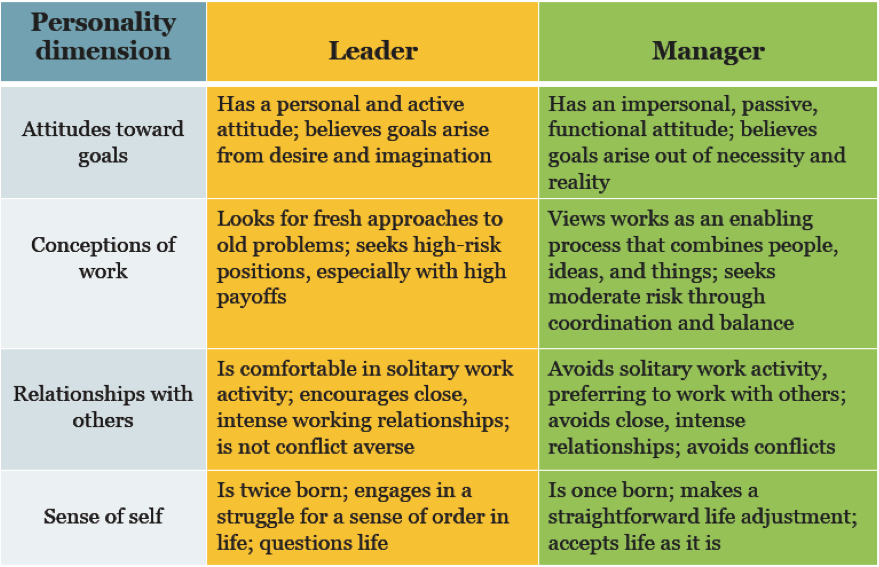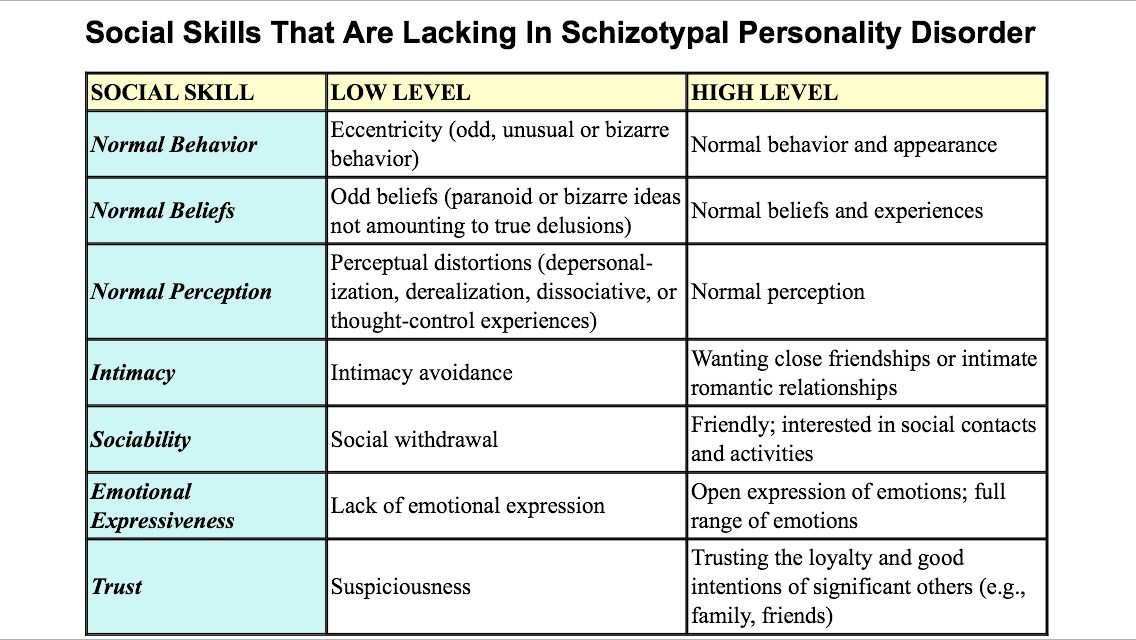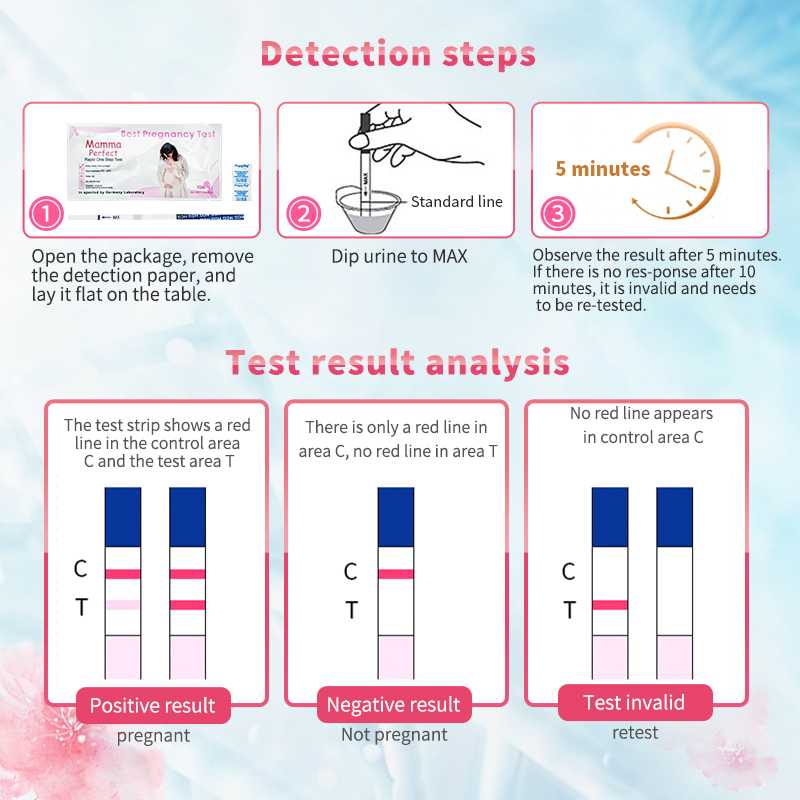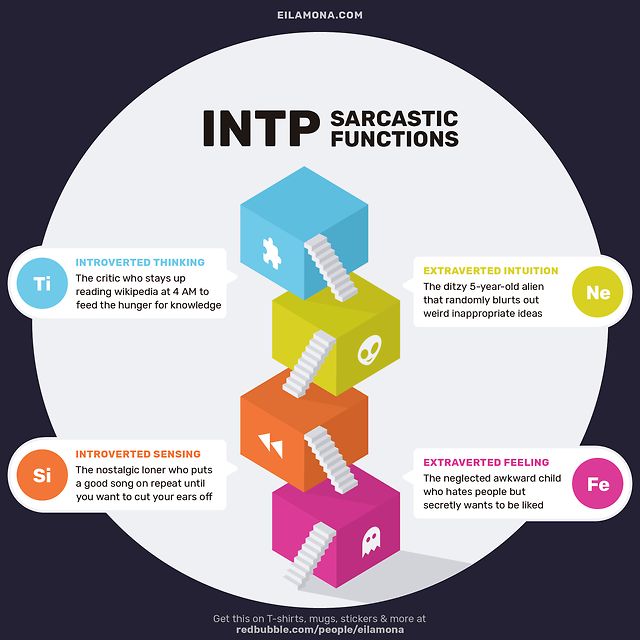Change management personality types
The eight personalities involved in change management programmes
A change management programme aims to increase efficiency, allow employees to be utilised elsewhere and helps to make a better product or deliver a service for less, yet the key to successful change is people. Without their support and engagement, the time to get a change project up and running can double, or worse a change project can fail its objectives miserably. In an environment with the pressure to increase productivity, organisations, great and small, should never under-estimate the power of their people.
Typically there are eight personality types that can make or break a change management programme: Champion, Ambassador, Challenger, Sceptic, Prisoner, Passenger, Saboteur or Thief. Identification of the personality traits involved in a change project is usually only done when problems arise. This is too late. Employees and their views need to be considered at the start of scoping out a strategic and operational change management programme.
To aid identification and bespoke communication programmes to engage these different groups of employees, Festo Training and Consulting has developed the three dimensions of employee engagement.
The three elements address:
- Alignment
- Personal Satisfaction
- Drive (Proactive or Reactive)
Analysing these three elements enables employees to be identified as Engaged, Not Engaged or Disengaged. The importance of this grouping means that different engagement and communication strategies can be put in place.
Engaged in Change
Champions and Ambassadors will be fully engaged in any change management programme. The difference between these two valuable groups comes down to drive and proactivity.
Champion
Every project needs Champions. Champions are highly aligned to the organisation, love their role and have immense drive. They will endorse the project and will work hard to bring people round to their point of view. It’s highly useful to have someone from the front line as a Champion, as they will be more trusted than senior management.
It’s highly useful to have someone from the front line as a Champion, as they will be more trusted than senior management.
A Champion will be a highly resilient individual. They’ll need to be able to handle disagreements and to use persuasive communication to bring individuals round to their point of view. Equally, a champion should be someone who likes a challenge and is self-motivated. Champions are often collaborative individuals who are respected by their teammates.
Ambassador
Ambassadors will be positive about any change and will be highly aligned, however they will not proactively try to change people’s points of view. Moving an Ambassador to a Champion will require an organisation to work closely with them, perhaps giving them a part of the project to lead, which will require them to engage more proactively.
Not Engaged
Employees who are not engaged fall into two camps and there needs to be different communication strategies in place for each.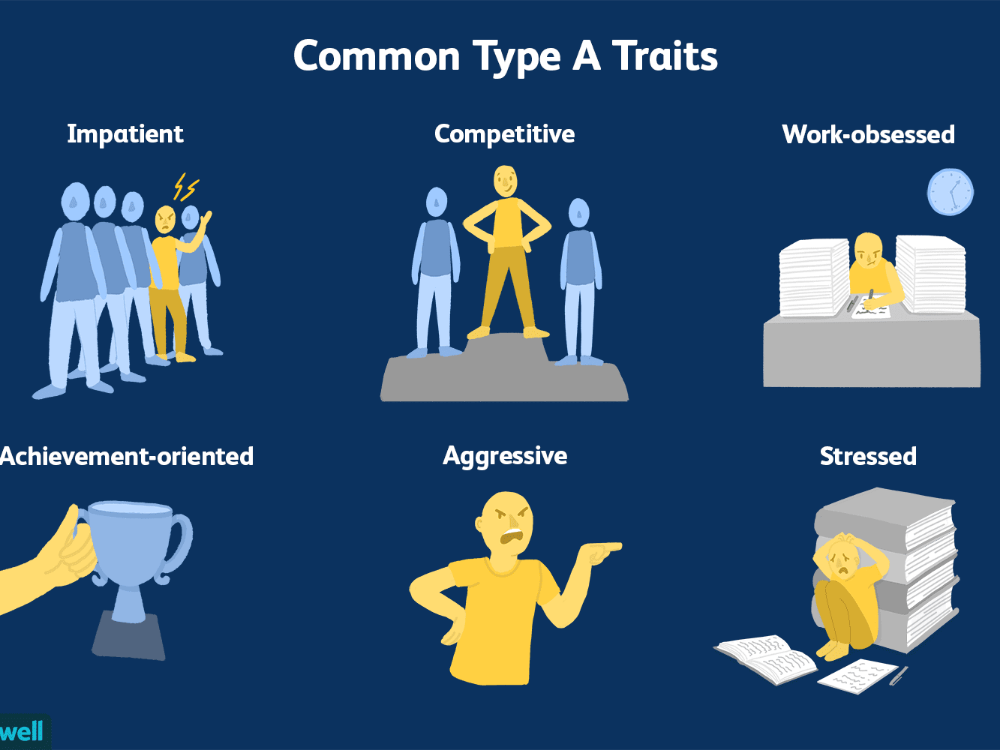 The first group consists of the Challenger and Sceptic.
The first group consists of the Challenger and Sceptic.
Challenger
Challengers will be high on the personal satisfaction scale and this increases their questioning the validity of any change. They are though lower in the alignment scale, meaning they can come across as generally unsupportive or negative about outright change. However, all is not lost. Challengers need to understand the reasons behind each project and will seek facts and figures and personal reassurance that their future is secure.
It is easy to discount Challengers, but they can actually be crucial to the project’s success. They might be slow to come on board, but once they have received a convincing argument and have the opportunity to shape the project, they can become essential players.
Sceptic
While Sceptics might be close in some characteristics to Challengers, where they differ is in their lack of alignment with the organisation. They will also have a lower sense of personal satisfaction in their role, often overtly opposing any proposed change.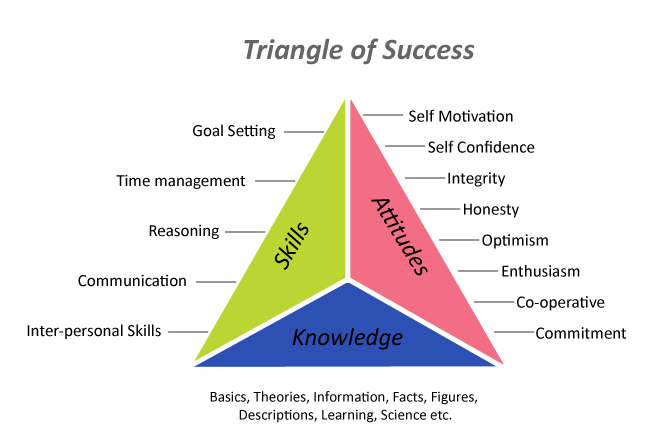
On the positive side, Sceptics will be questioning and like the Challenger will seek knowledge and information, which can strengthen strategies. However, because of their lack of alignment, they will have little trust and will be suspicious of people’s moves and motivations. Due to their questioning and their lack of engagement, as well as low drive and energy other team players will find them difficult to work with.
Actively Disengaged
Saboteur
The tipping point from Sceptic into Saboteur occurs on the personal satisfaction scale. Saboteurs will be unsatisfied with their role, responsibilities and reward. They can be moved on the satisfaction and alignment scales, mainly because they are proactive with high energy and drive.
Working with them early on and spending time explaining why the organisation is changing, gives a chance that they can be moved from being actively disengaged and potentially become a Sceptic or Challenger rather than an outright Saboteur.
Thief
The most disengaged group is the Thief as they are highly dissatisfied in their role and out of alignment with the organisation. They are also the most difficult group to communicate with because they are passive.
The term ‘thief’ implies the covert and underhand nature of this group. Hopefully a change management programme will not have a Thief in the team. If there is one, the best advice is to identify them quickly and then eject them as soon as possible. A Thief can cost money, develop mistrust with key stakeholders and potentially lead to organisational crises. They will perceive themselves to have been treated poorly and will be unable to compromise and have little regard for others. They often need professional help, which will need to be dealt with separately.
Not Engaged
As mentioned above there is another group of employees who can be classified as Not Engaged. The Prisoner and Passenger are well aligned to the organisation’s strategy and will likely support any change initiative.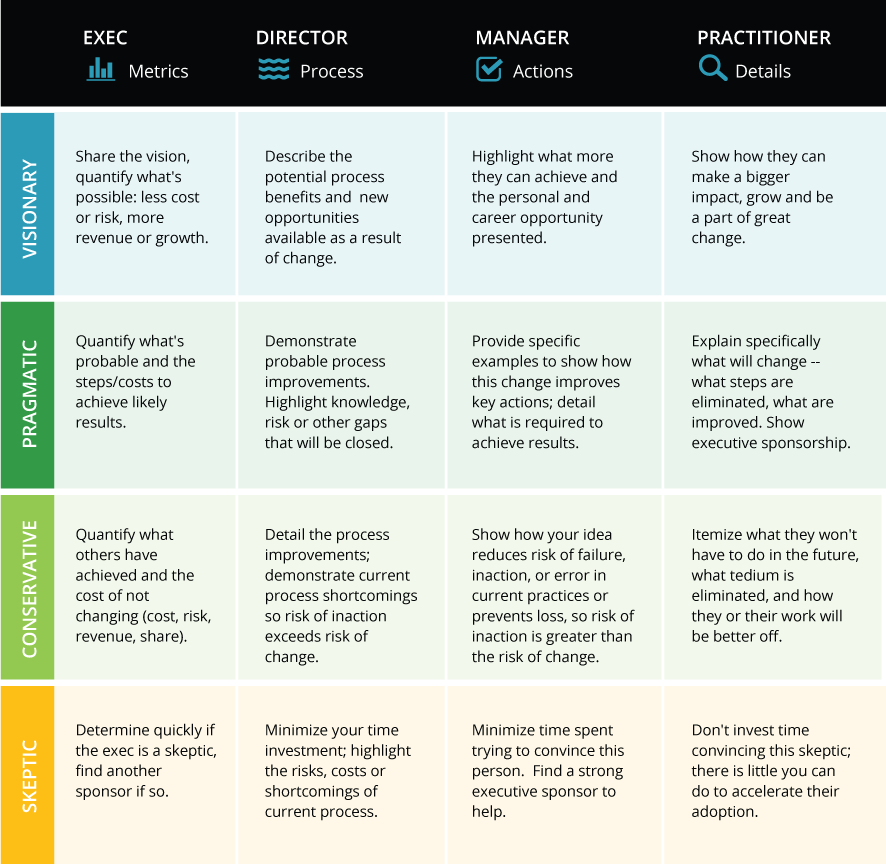
Prisoner
While well aligned, the Prisoner is lower on the personal satisfaction scale. They are likely to be fairly vocal and proactive in their concern over a project. The term Prisoner relates to the fact that they may feel trapped in their role and responsibility.
However, they can be moved into an Engaged position by giving them clear guidance. Working alongside Champions or Ambassadors will be useful, and additional responsibility and recognition will help to remove some of the barriers that they are experiencing.
Passenger
On the other hand, a Passenger is really just along for a ride. They will tend to be highly unsatisfied with their career and although they might understand the reasons for change, they will not proactively engage with the process. Their natural tendency will be to move even further out of alignment and also to become less satisfied in their current role.
The reason for having a 3-D model is to understand the importance of all three elements – Drive, Alignment and Satisfaction.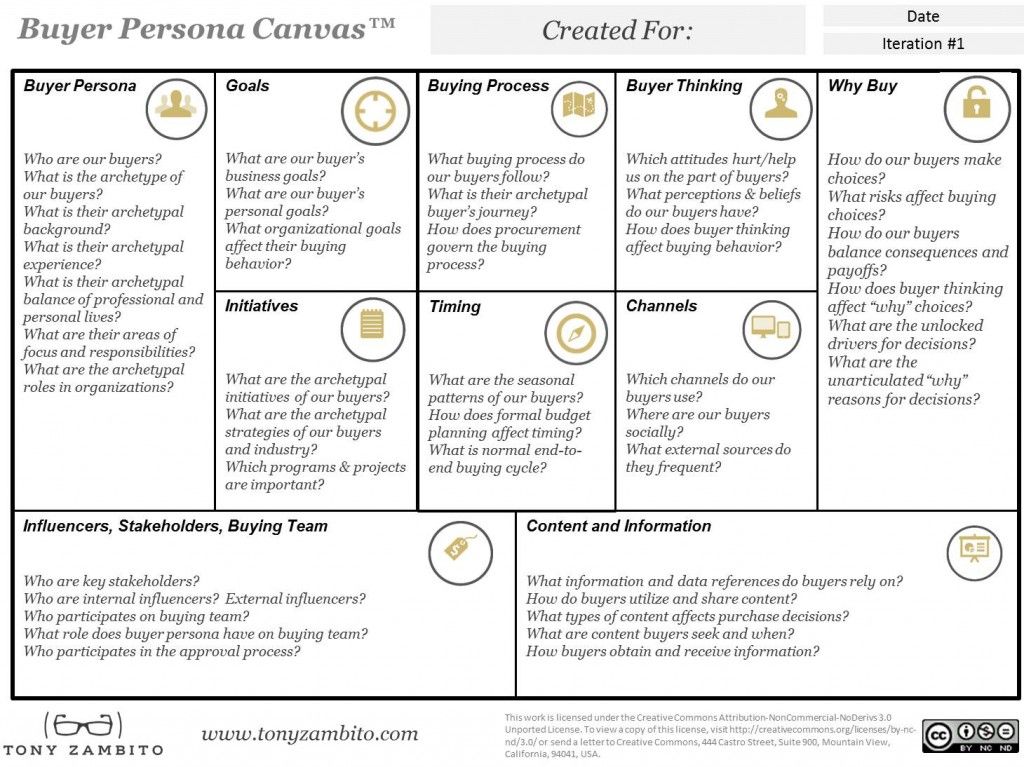 Each group of employees will have different needs. Working with proactive colleagues who have high energy and drive is far easier than trying to engage with colleagues who stand back and tend not to get involved.
Each group of employees will have different needs. Working with proactive colleagues who have high energy and drive is far easier than trying to engage with colleagues who stand back and tend not to get involved.
The other elements of Satisfaction and Alignment mean that organisations can closely identify where colleagues are experiencing difficulties. If Satisfaction is the issue, you can work with them specifically on their own career, whether by changing role, improving recognition or increasing reward. If Alignment is the issue, then communication that more accurately conveys the strategy, or changing an organisation’s culture, can help to improve engagement across the organisation.
Change Management and the 4 Personalities
You’ve probably heard this before—change is changing. But what exactly does the cliché mean? To find out, let’s take a look at the history of change management.
We’ve shifted from legacy software to the cloud. With this shift, change management has adapted.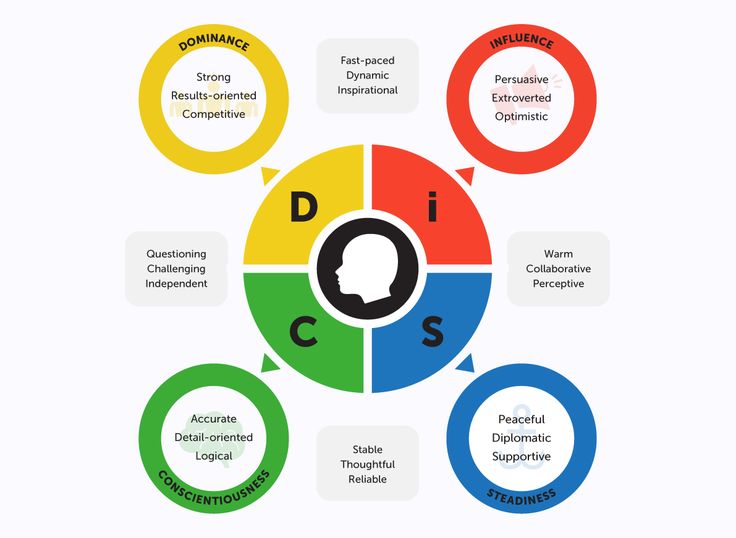 Change used to be a large overhaul once every couple of years with clear objectives and a solid endpoint. Once everyone was on Windows 2007, for example, the change initiative was complete. Getting people to adopt this change was simple; command and control was enough.
Change used to be a large overhaul once every couple of years with clear objectives and a solid endpoint. Once everyone was on Windows 2007, for example, the change initiative was complete. Getting people to adopt this change was simple; command and control was enough.
The digital age has changed everything. Gartner says that employees experience 3 major changes each year. Compare this to 1.75 changes per year in 2012.
On top of that, according to Forbes Insights survey respondents, 38% of employees see change as too much of a threat. Change is a heavy burden, and change burn-out is a real hazard.
70% of change programs fail to achieve their goals – in large part due to employee resistance.
It makes sense. People have been asked to adopt new software, methods, and mindsets without compelling explanation. Why should they use Microsoft’s OneDrive instead of Google Drive, or Microsoft Teams instead of Slack? All they see is an imposing threat to their productivity and established workflows.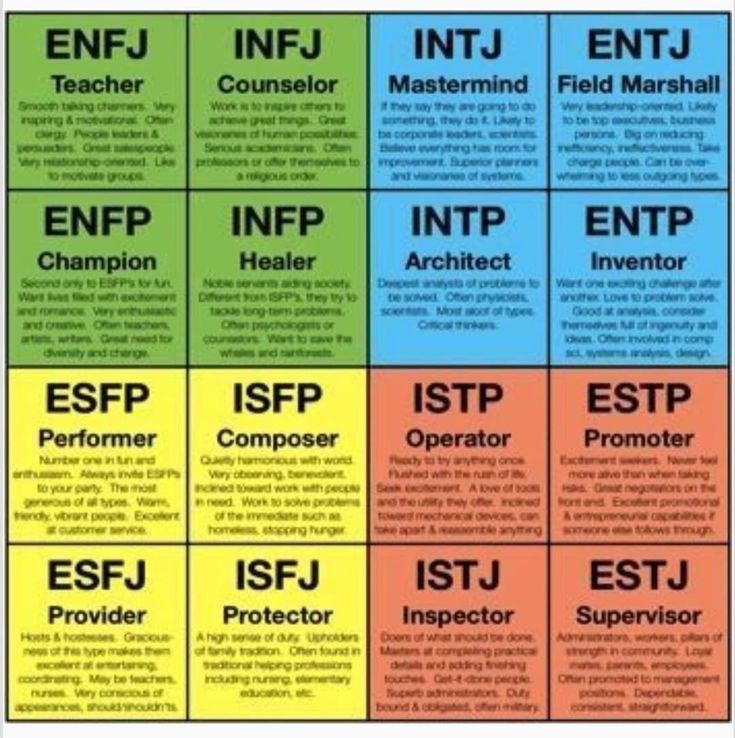
So, how should change management work?
The answer is empathetic communication and collaboration. Don’t think about the impending changes as bad news. Rather, view those changes as an opportunity to build unity, understanding, and contribution within your team.
Change also gives you the chance to further define and explain business objectives and empower your employees to achieve those objectives. By including your team in the education and planning stages of change management, they feel like they’re partially accountable for helping the change initiative succeed. Their new perspectives will patch holes you might have missed in your initial plans.
Start laying the foundations for this model now, if you haven’t already. As mentioned earlier, change is changing. Change initiatives are no longer a fixed project with a beginning, middle, and end. It’s an ongoing process that might never really have an end.
If you’re like us, “never-ending” is a little daunting.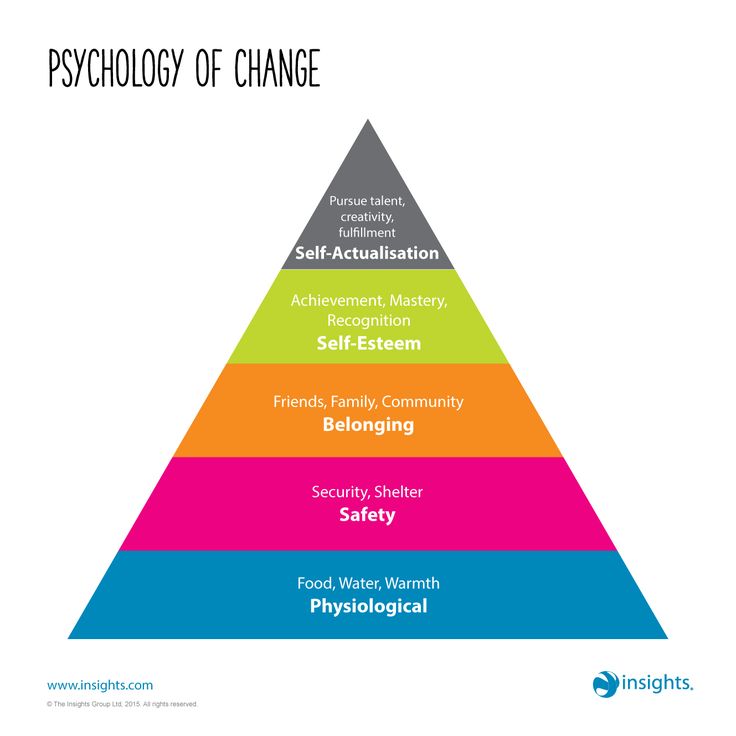 A forever-long project? Talk about exhausting. A paradigm shift will resolve this uneasy feeling.
A forever-long project? Talk about exhausting. A paradigm shift will resolve this uneasy feeling.
The larger change initiative (think digital transformation and similar concepts) will be a forever-long endeavor. Phrases like ‘digital transformation’ and ‘technology adoption’ can be very ambiguous terms.
How do you solidify these change concepts?
By creating clear milestones to achieve within the initiative. Instead of one big hoorah—one big objective—think of change as a lot of small successes. Like taking the stairs instead of trying to jump up an entire floor.
Here’s another analogy. Let’s say someone brought you to a building and said, “Alright team, we’re gonna climb this 20-story building.” Your initial reaction might be to ask why. Responses like “Because it will help us achieve our goals” or “It’s an initiative the higher-ups are pushing” or “I don’t like it either” are not very satisfying. You’ll probably resist or get tired of the climb after a while.
On the flip side, let’s say this person brought you into the building and said, “Okay, our objective is to get to the top of this building in order to get a better view of the city. The first thing we need to do is get to the first floor. I have some ideas on how to get up there, but I’d also like to hear your feedback and get some ideas from you.”
Suddenly the 20-story building isn’t as much of a chore. You’re involved in the process. Maybe you even suggest something like an escalator to make the process easier and less painful.
Using small milestones also allows you to change your strategy from floor to floor. Maybe a ladder works from the first floor to the second, but you need a spiral staircase to get to the third floor. By giving your plans flexibility, you give yourself the freedom to pick the right solution for the unique objectives you have.
Easier said than done, right?
It takes understanding within your team to get the most out of your efforts.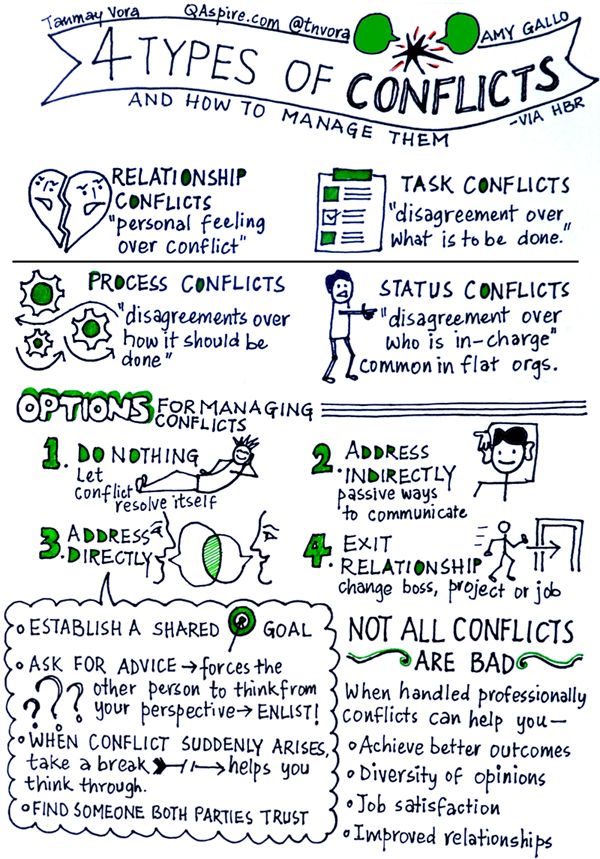 Disagreements are inevitable; conflict resolution is a must.
Disagreements are inevitable; conflict resolution is a must.
Dr. James Hollis, a famous clinical psychologist and author, says that “The single largest cause of conflict between two persons is that they are operating from different typological orientations.”
We all communicate differently, and that’s not a surprise. It’s often challenging to pinpoint different methods of communication. The way personality types communicate with one another is a disaster waiting to happen—unless you understand how they interact.
According to Robert and Dorothy Bolton, there are 4 main personality types within a professional environment. Most of us have aspects of all 4 personalities, but everyone tends to lean towards one.
Let’s take a quick look at the four personalities, then how to implement your newfound knowledge.
The Analytical
Analytical personality types are very neat, precise, and logical. They tend to set very high standards for themselves and will thoroughly research a project before executing it.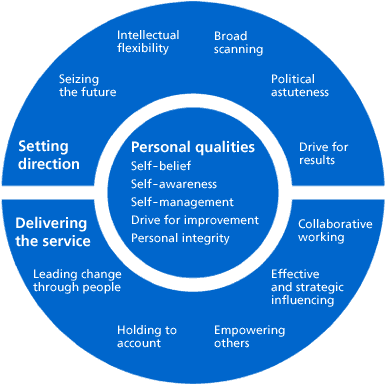 They’re thoughtful, methodical, and careful. If they’re going to do something, they’re going to do it right.
They’re thoughtful, methodical, and careful. If they’re going to do something, they’re going to do it right.
On the flip side, this personality’s careful tendencies can lead to over-analysis and indecision. They also may come across as judgmental or moody.
The Driver
Those in this personality type are natural leaders. Drivers are direct, active, and determined. They’re the visionaries. They move quickly on projects and thrive on results. They love a challenge. Keeping busy is a must, and they hate seeing a project sit stagnant.
Drivers are prone to sarcasm, and their determination may end up coming across as insensitive, harsh, or dictatorial.
The Amiable
The most liked in the office, this personality type is patient, quiet, and friendly. They will try to avoid conflict at all costs. They’re the peacemakers. Amiable types are inoffensive, easy-going, and genuinely care about the people they’re around.
This personality’s aversion to conflict leads to passive-aggressiveness.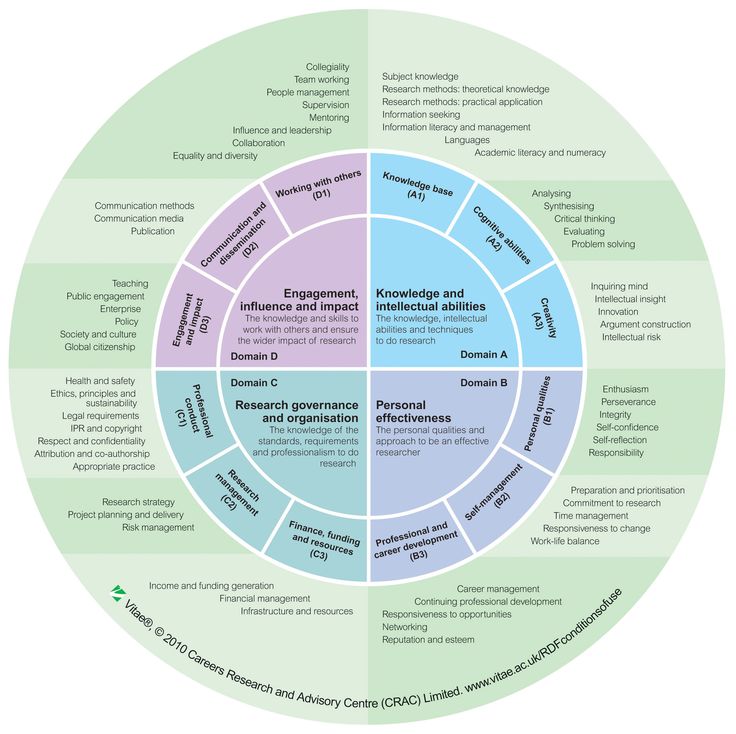 They’re easily overwhelmed and can lose sight of the task at hand.
They’re easily overwhelmed and can lose sight of the task at hand.
The Expressive
These guys are the fun-lovers! If you need to generate excitement for a project, this person is the one to go to. They’re outgoing, charismatic, and optimistic. They’re big-picture thinkers.
Although this personality type is great at coming up with ideas, they’re not great at making those ideas a reality, and they lack organization.
These personalities all play off each other, so it’s insanely beneficial to have a mixture on your team. However, it’s difficult to navigate the communication conflicts that arise.
Use these tips to avoid conflict and optimize collaboration:
- When talking to the Analytical, be patient and allow them time to think things over. Rather than extending an order, ask for cooperation or input.
- Task-driven conversation is appreciated by the Driver. A reluctance to work can be very frustrating for this personality.
- The Amiable can be easily overwhelmed.
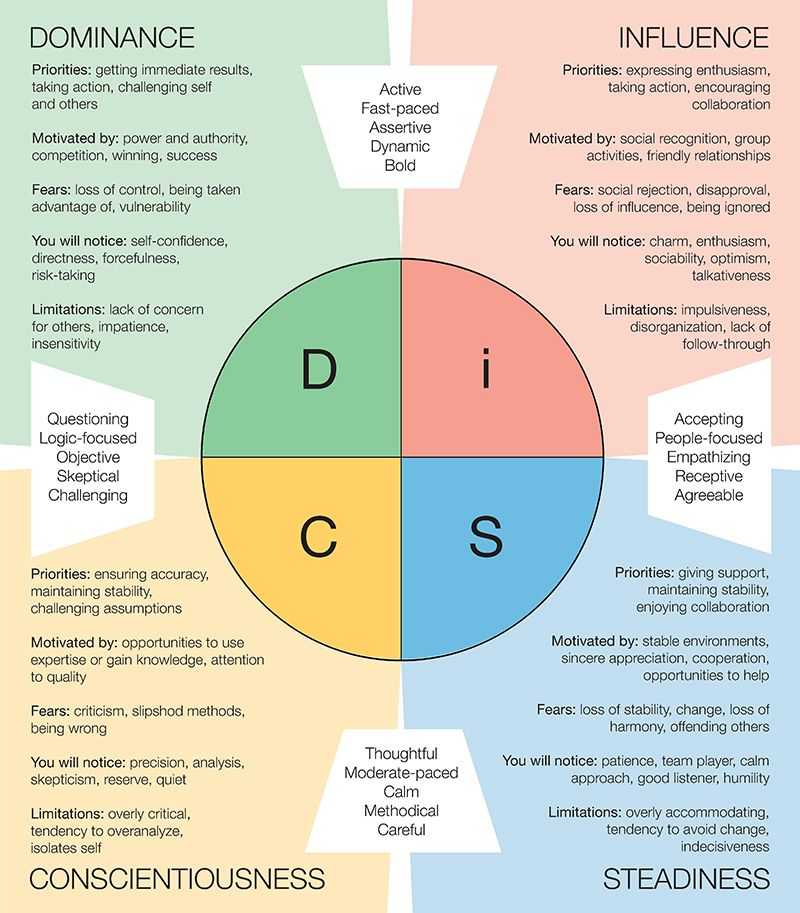 Try your best to not overload information. This type responds well to kindness and consideration.
Try your best to not overload information. This type responds well to kindness and consideration. - Include the Expressive in your conversations. This personality loves to be a part of whatever is happening. And try to have a good sense of humor; they’ll appreciate it.
Get laser-focused with these change-management tips:
- Use Expressive personality types to get others excited about the change.
- Explain yourself! Talk about why the change is happening and the improvements that come with it. This gives Analytical types the information they need to support the change.
- HBR says, “Giving people multiple opportunities to take in and process the announcement is essential for thorough understanding.” The Amiable type needs this to process the information without being overwhelmed.
- Incorporate people in the planning stages, especially the Driver. You’d be surprised at what your team members come up with.
Change is hard and getting people on board is the hardest part.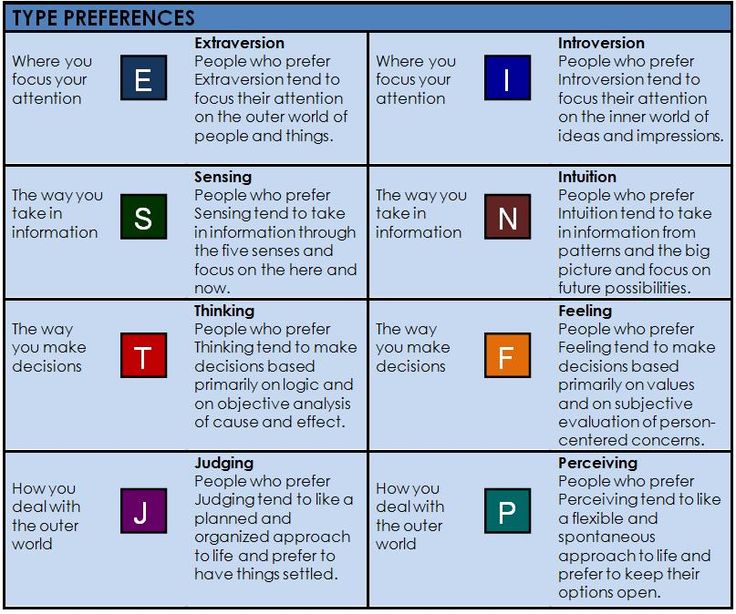 By implementing these strategies, expect less resistance as you transition to a culture of change.
By implementing these strategies, expect less resistance as you transition to a culture of change.
How do you help your team build enthusiasm for change? Tweet us your ideas @BrainStormInc.
Change Management Process for Basic Personality Types
As a wise man said, change is the only permanent thing in this world. Why, then, is change so challenging for growing companies? How can you manage change by knowing the personality types of your colleagues?
Implementing and adapting a new tool, whether it's Wrike or another platform, is never easy. Employees often have a lot of questions. How long will it take to study it? What if the tool doesn't work? Is this really necessary? nine0003
That's why developing an organizational change management strategy is so important to getting the most out of a new solution.
What is change management?
Change management is a way of training and supporting employees to help them adopt new ways of working that will ultimately lead the company to achieve its business goals.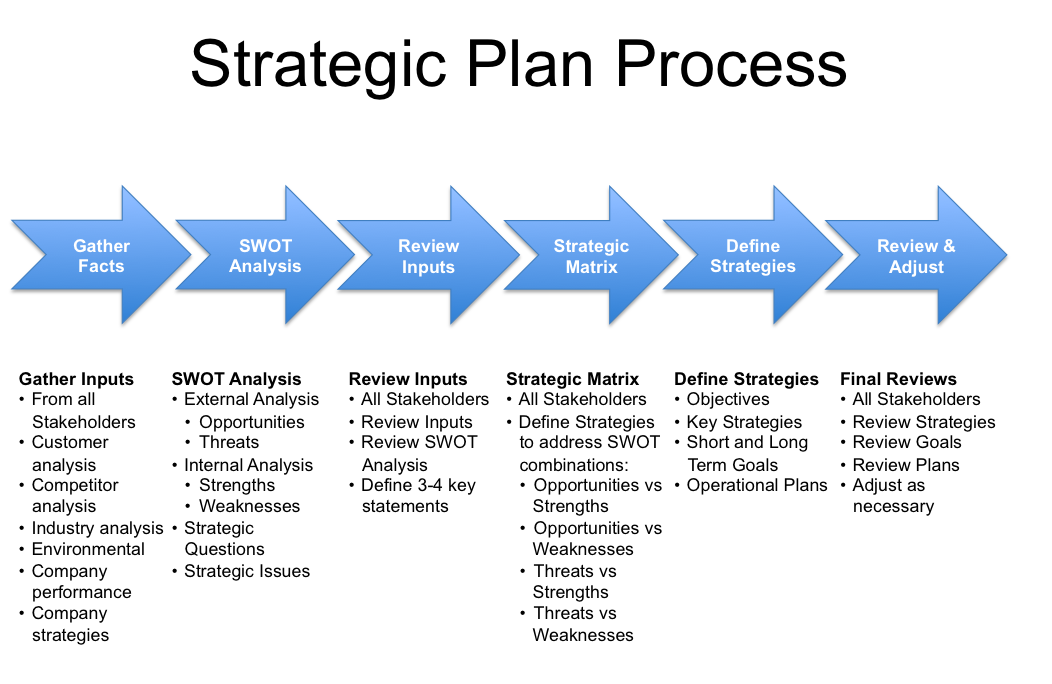
Prosci Change Management defines a change management process as “the sequence of activities or activities performed by a change management team or project manager…to induce individual change and ensure that the project achieves the intended results.” nine0003
Unfortunately, this is easier in theory than in practice.
Writer David Rock, in his book Silent Leadership (2007) , noted that our lack of success in managing change is due to the way we think and act.
“Ordering people to change and then explaining exactly how to do it would set off an instant chain reaction in the prefrontal cortex and amygdala in the brain. And the harder you prove that you are right and your interlocutor is wrong, the stronger the rejection will be. The brain will try to protect itself from the threat,” says David Rock. nine0003
Anticipating your team's needs and potential challenges before implementing changes means a smoother transition to new ways of working. We've identified the most popular personality types and responses to change you may experience when moving to Wrike or another work management system.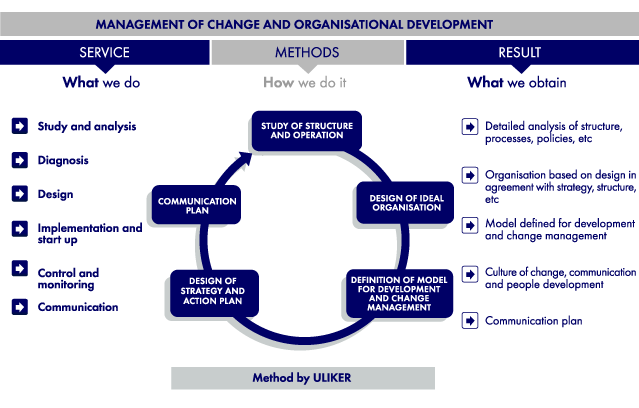
1. Skeptic
Skeptics are the true masters of the Jedi Order in mastering the "why?" and for what?". Such people quickly make short work of a waste of time and resources. They can also bring clarity to the execution of actions and projects. nine0003
But there are also skeptics who tend to reject new proposals. Such negativity can infect the entire team, and employees will be afraid to voice other points of view or come up with new ideas.
Signs that your team has a Skeptic
- He will claim that everything is fine, even if the work is not set up properly.
- He forms his opinion and judgments about the subject even before studying it.
- He is satisfied with the current level of performance and doubts that the team is capable of doing better. nine0036
Change Management Steps for Skeptics
Skeptics are hard to convince, their approval or disapproval of a new proposal affects the reaction of the whole team.
First, get to know the position of the Skeptics and try to understand it. Perhaps they were dissatisfied with another project management tool, and this demotivates them to try a new one. Find out what they think of Wrike or any other platform you want to implement. Ask them to carefully evaluate the tool before forming a final opinion. Engage them from the very beginning. nine0003
For example, include them in any decision-making process about the way you work and do business in Wrike so that they understand that their knowledge is valued and applied.
Skeptics need some risk. The more that is at stake, the more effort the Skeptics put into a case, the longer they will delay making their final decision. If you achieve this, the unthinkable will happen - the Skeptic will become an ardent defender of the chosen project management tool. nine0003
2. Enthusiast
At first glance, it seems that the Enthusiast needs little help. He is immediately enthusiastic about the benefits of using any new tool, eagerly awaits updates, and encourages everyone to switch to the new system as soon as possible!
The problem is that his emotions are just over the top.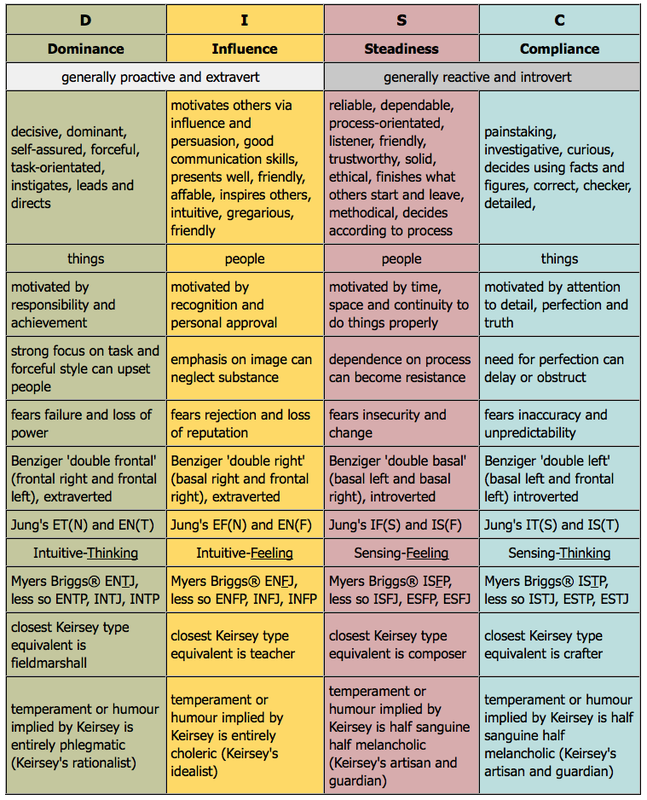 There is a difference between enthusiasm and impulsiveness. Making too many changes before fully understanding how they work and how they affect others can do more harm than good. Old wisdom says that "before you can run, you must learn to walk." nine0003
There is a difference between enthusiasm and impulsiveness. Making too many changes before fully understanding how they work and how they affect others can do more harm than good. Old wisdom says that "before you can run, you must learn to walk." nine0003
Signs you have an Enthusiast on your team
- Moves projects to Wrike or your new platform without discussing the best way to organize them with your team.
- He doesn't take some courses, or does it haphazardly, leaving out important details.
- He does double duty and does not consult with the team.
Change Management Principles for the Enthusiast
With the right guidance, the Enthusiast can be your best ally. Direct his enthusiasm in the right direction - let other employees also be inspired by the new tool. It is best to involve him in the work from the very beginning, just like the Skeptic. nine0003
Chat with him and point out the path to success so he knows exactly what an effective Wrike implementation will look like. The approval of the overall strategy and goals will allow Enthusiasts to understand how each detail fits into the overall picture of the work.
The approval of the overall strategy and goals will allow Enthusiasts to understand how each detail fits into the overall picture of the work.
Emphasize the importance of understanding the basics of the program before learning advanced features. Implement a feedback system and ensure it is applied before major changes are made, especially at the very beginning of work.
Try not to dampen their enthusiasm, even if they make minor mistakes. Instead, remind them of how their work relates to the team's overall work, and advise them not to rush. Once the Enthusiast understands that his actions can affect others and understands the big picture of what is happening, he will adjust his work according to the goals of the company.
3. Freedom-loving
For some employees, using a project management system is a familiar thing. They plan everything from birth and feel comfortable if everything is documented, planned and on schedule. nine0003
Freedom-loving people, on the other hand, prefer improvisation, value flexibility and take things as they are.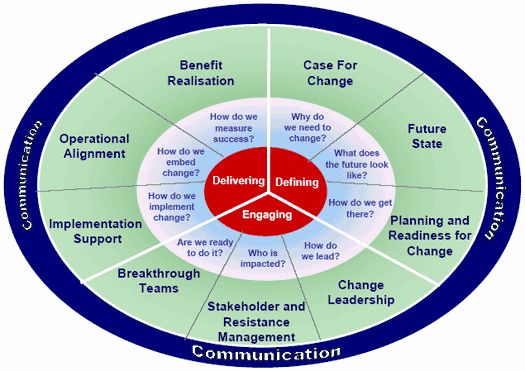 They are not interested in business. It is easier for them to quickly discuss everything than to do routine work for a long time. However, their ability to adapt to anything that might happen is often a significant advantage. A dislike for structuring can lead to gaps in the overall view of work for other employees and problems with communication.
They are not interested in business. It is easier for them to quickly discuss everything than to do routine work for a long time. However, their ability to adapt to anything that might happen is often a significant advantage. A dislike for structuring can lead to gaps in the overall view of work for other employees and problems with communication.
Signs that your team has a freedom-loving employee
- He constantly asks if all the work done needs to be documented.
- He is hesitant to follow established rules.
- He does not have a well-established method for performing repetitive tasks.
Freedom-loving Change Management Methodology
To gain the support of Freedom-loving employees, give them autonomy in working with the tool. This does not mean that they need to be given access to all features, offer some free space to act first and then develop as you go. As long as the Freedom Lovers don't feel restricted, they are open to working on your suggestions.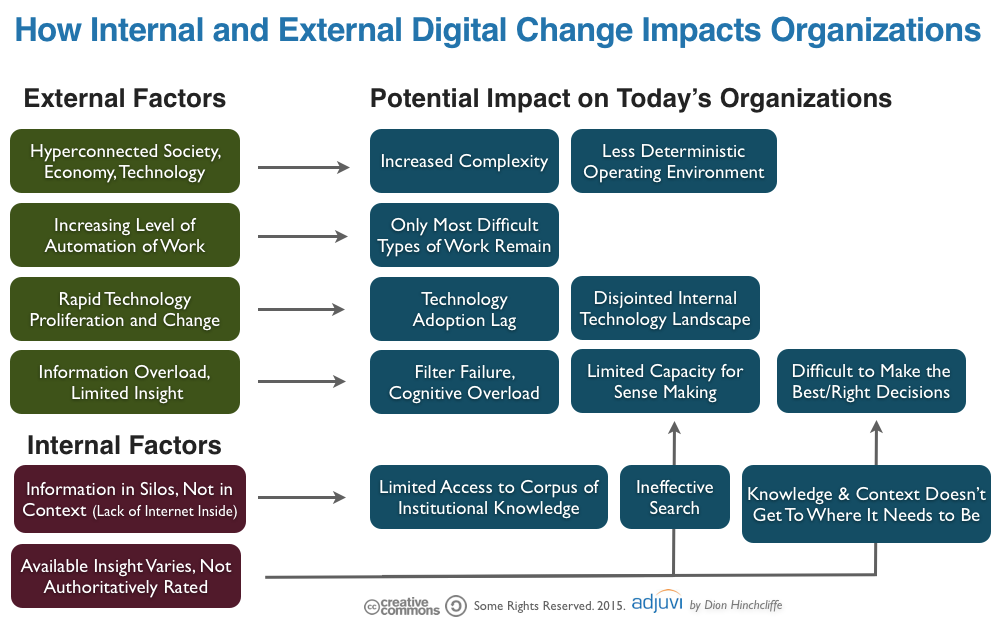 nine0003
nine0003
Lest making transparency seem like a tool of total control, think of it as a way of appreciating their work and expressing gratitude. Freedom-loving people can quickly become innovators if they know that Wrike will not restrict them, but will provide them with more options.
Other personality types for your change management plan
Do you recognize the Skeptic in your employees? Not a single Enthusiast or Freedom-loving employee in the team? Don't worry - there is a suitable type for you! Read our other article on how to approach different personality types. nine0003
Personality types: main differences and their characteristics
Contents of the article
All people are different: someone likes to lead an active lifestyle and communicate a lot, it is easier for someone not to stand out among others, someone is prone to sensitivity and excessive self-criticism . Since ancient times, scientists and philosophers have been interested in the topic of personality classification, many theories have been developed, some of which have become part of modern psychology.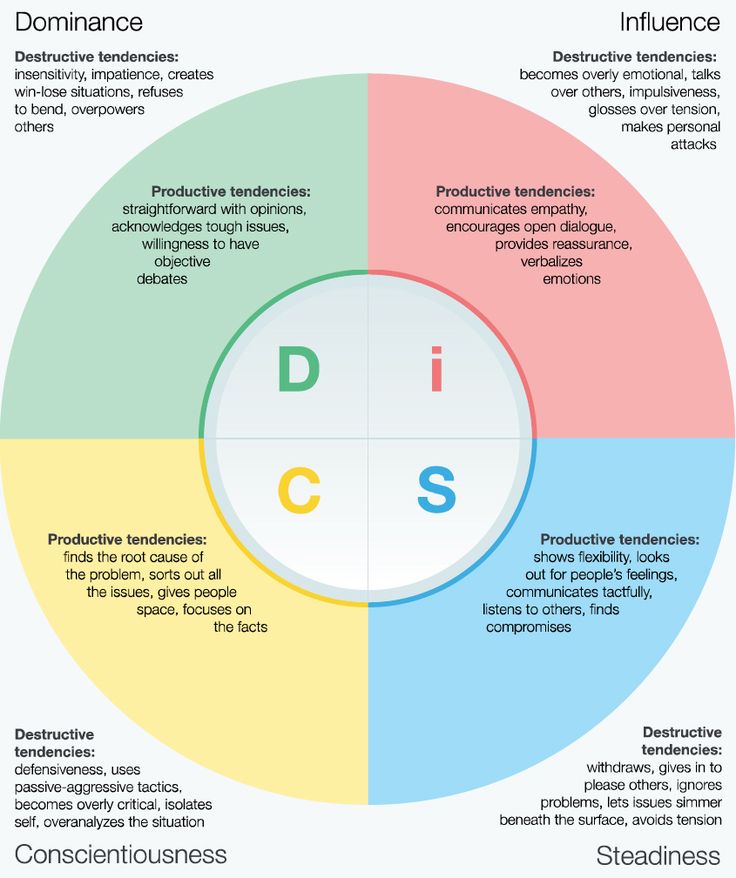 In this article, we will briefly analyze the psychological types that the Soviet scientist A.E. Lichko developed while observing adolescents. It is in adolescence that individual character traits and psychological characteristics are quite strongly manifested, which are smoothed out during growing up, but can manifest themselves at a moment of crisis. Even more types of personality classifications can be found in the free online course "Typology of Personality" on the platform "Russia - a country of opportunities". nine0003
In this article, we will briefly analyze the psychological types that the Soviet scientist A.E. Lichko developed while observing adolescents. It is in adolescence that individual character traits and psychological characteristics are quite strongly manifested, which are smoothed out during growing up, but can manifest themselves at a moment of crisis. Even more types of personality classifications can be found in the free online course "Typology of Personality" on the platform "Russia - a country of opportunities". nine0003
Asthenoneurotic type
People with a weak nervous system who are characterized by low stamina, irritability and overwork. They get tired more from psychological stress than from physical exertion. When working for a long time, they need frequent breaks, in general they like to work at their own pace. Such people are hard to switch from one activity to another, it is better not to distract them from the process once again. Any unforeseen situations cause them irritability and anxiety.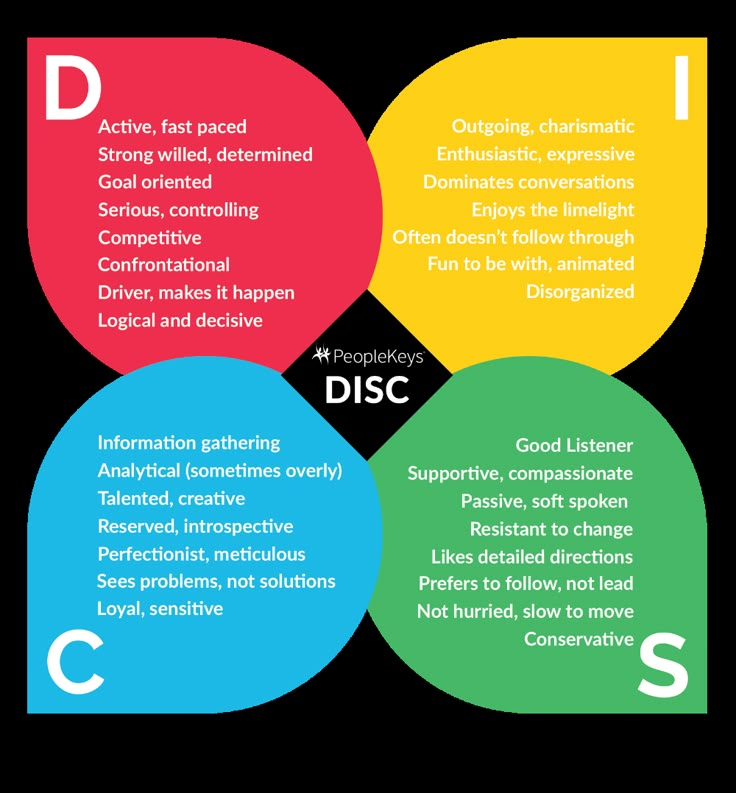 But these people are very careful and disciplined, they can spend hours doing monotonous work that does not require speed. nine0003
But these people are very careful and disciplined, they can spend hours doing monotonous work that does not require speed. nine0003
Unstable type
Complex personality type, which is characterized by irresponsibility, idleness and addiction, for example, from alcohol, drugs, games. Such people strive for pleasure, they want to constantly relax and have fun. They often have problems with work, they do not want to study and grow professionally. This type of personality can be called a real hedonist who sees entertainment and enjoyment as the main goal of his life. The positive features include openness and sociability. nine0003
Conformal type
People who strive to live like everyone else and do not want to stand out from the crowd once again. The opinion of others is very important to them, they try to earn the praise and approval of others. Basically, the way of life of such people directly depends on the society in which they live. If there are religious people around them, then the conformist will be a believer to the point of fanaticism.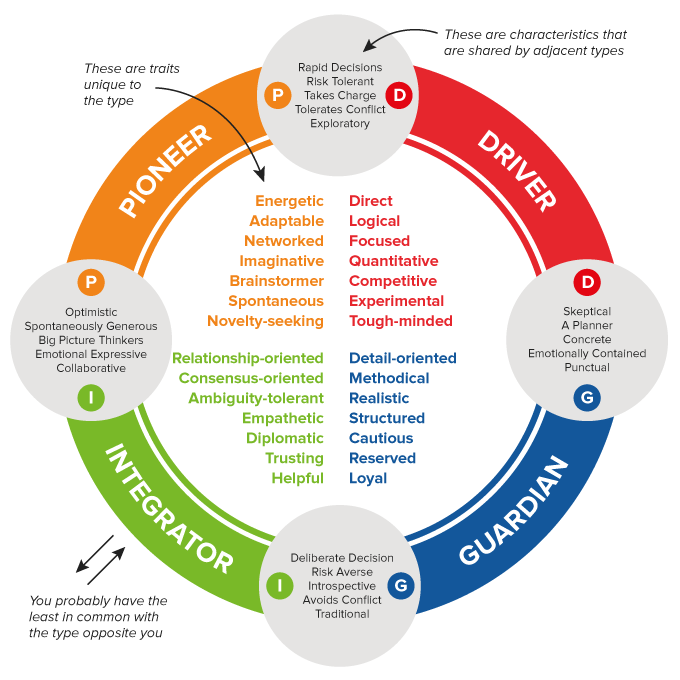 It is also difficult for them to change something in their lives, it is difficult to pull them out of their comfort zone. Positive features include low conflict, friendliness, devotion and diligence. nine0003
It is also difficult for them to change something in their lives, it is difficult to pull them out of their comfort zone. Positive features include low conflict, friendliness, devotion and diligence. nine0003
Labile type
Empathic people who can feel the mood and feelings of others well. They often make outstanding psychologists and social workers. They are open and always ready to help and support with a kind word. But this type is very sensitive and touchy, does not tolerate criticism in his address, cannot stand loneliness and changes in life.
Cycloid type
People who are prone to sudden mood swings experience strong emotions - either they are overly happy, or they feel sad on the verge of depression. They cope with internal experiences for a long time, they are distinguished by excitability and irritability, sometimes aggressiveness. The positive traits include sociability and friendliness. nine0003
Sensitive
People with excessive impressionability, vulnerability and openness.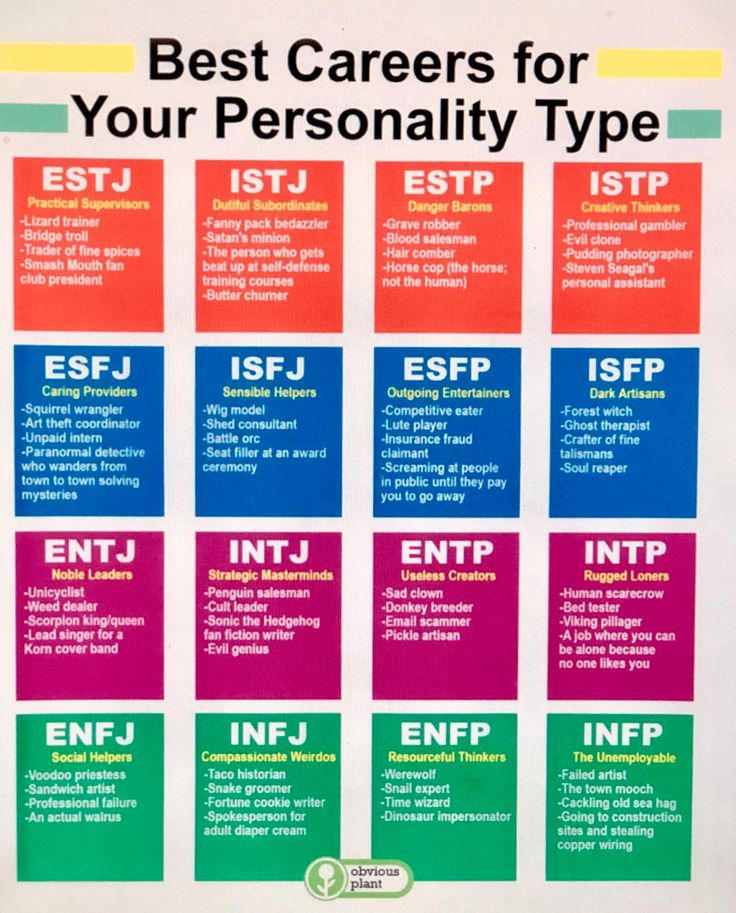 They can get excited about simple things that most people don't notice. They also keep pleasant and unpleasant memories for many years, which flash in memory as if in reality. This type of personality is difficult to tolerate public criticism, is very afraid of being ridiculed. Positive traits include increased morality, compassion and sociability.
They can get excited about simple things that most people don't notice. They also keep pleasant and unpleasant memories for many years, which flash in memory as if in reality. This type of personality is difficult to tolerate public criticism, is very afraid of being ridiculed. Positive traits include increased morality, compassion and sociability.
Psychasthenic type
People who are prone to introspection and reflection like to delve into themselves and criticize for shortcomings. They have an excellent memory, so they remember their mistakes well and often engage in self-flagellation. Hence, they have a lack of confidence in their abilities, they take too long to make decisions, doubt and are afraid to stumble again. The positive features include loyalty and reliability, they will never betray loved ones and will always stand up for their own.
Schizoid type
Closed and unsociable people who do not know how or do not want to build close relationships with others.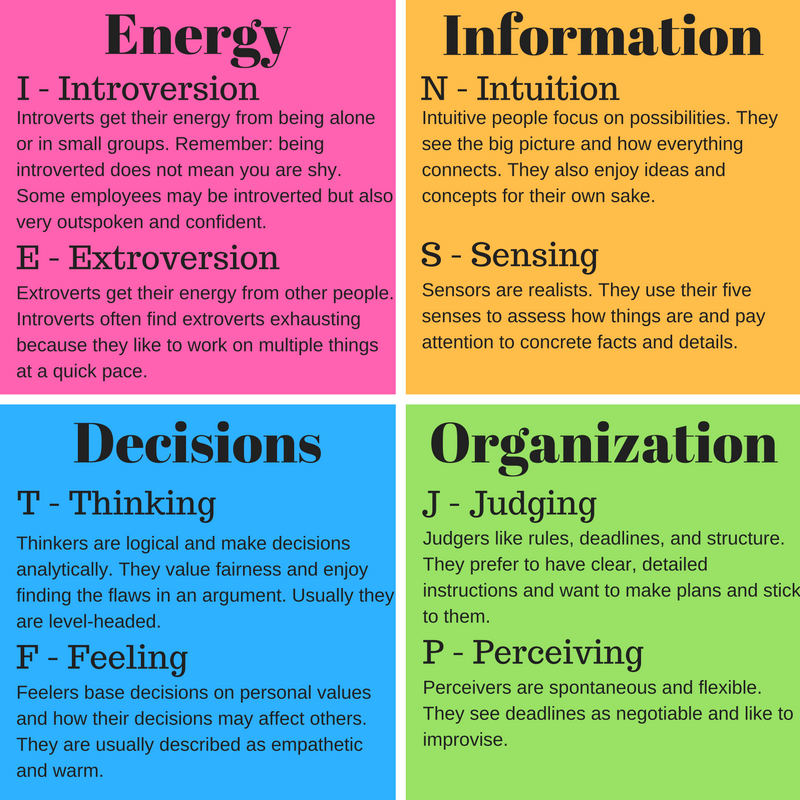 But they do a great job of maintaining business relationships. They have a rich inner world, into which they prefer not to let anyone in. Many people have high intelligence and out-of-the-box thinking. But they practically do not know how to recognize other people's emotions. nine0003
But they do a great job of maintaining business relationships. They have a rich inner world, into which they prefer not to let anyone in. Many people have high intelligence and out-of-the-box thinking. But they practically do not know how to recognize other people's emotions. nine0003
Epileptoid type
The most complex type of people, prone to breakdowns, aggression and pedantry. They seek to subjugate everyone, to win an authoritarian position. Such people do not know how to build friendly relations at all, they can vent evil on others, they are very scrupulous about the work of employees. But personalities of this type can be strong leaders.
Hysterical type
Personality type requiring increased attention to oneself. They need constant admiration and reverence. Indifference to their person is the worst scenario for them. Such people are prone to fantasy and lies in order to create a vivid image for themselves. However, they make excellent actors and presenters.